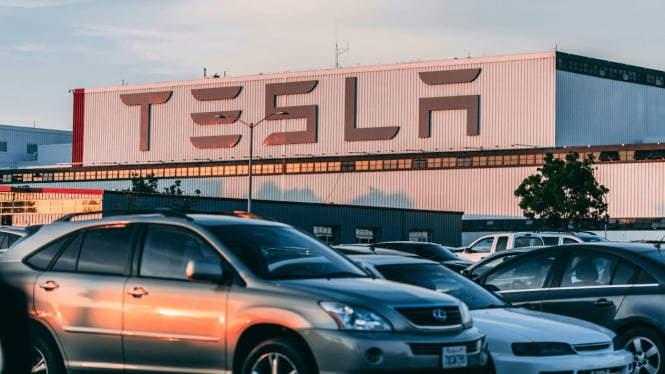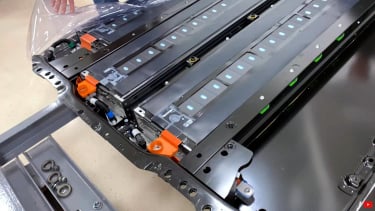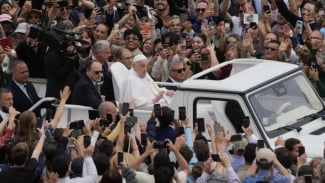EV Battery Types: Nickel vs LFP, What's the Difference?
- VIVA.co.id/Arianti Widya
Jakarta – The rapid advancement of electric vehicles (EVs) and the increasing demand for energy storage solutions have spotlighted the importance of battery technology. Then, EV batteries come in different types, with Nickel (Ni) and Lithium ferro phosphate (LFP).
One the giant electric car in the world, Tesla, founded in 2003 by Elon Musk and others, is an American electric vehicle and clean energy company.
Looking back at Tesla's journey, it has specific battery type but in its pragmatic, flexible, and ever-evolving approach, always adapting and seeking opportunities.
Baterai mobil listrik Tesla berbasis LFP
- Insideevs
In the early days with the Tesla Roadster, lithium-ion batteries were limited, yet the American company chose them for their future potential. All Tesla electric car batteries are lithium-ion based, but the composition varies.
There are several main cathode chemical types, continuously developed over the years.
The three main cathode types in Tesla electric cars are:
1. Nickel-Cobalt-Aluminum (NCA)
2. Nickel-Cobalt-Manganese (NCM)
3. Lithium Iron Phosphate (LFP) The first two have high energy density, suitable for Tesla's long-range versions.
These types are used in cylindrical cells (NCA in 1865 and 2170 by Panasonic, NCM in 2170 by LGES).
LFP has lower energy density but is nickel and cobalt-free, making it more cost-effective. It is suitable for entry-level models and energy storage systems. Tesla uses prismatic LFP cells from CATL.
In 2021 report, Tesla stated their commitment to advancing diverse cathode strategies for LFP, with nickel-rich and manganese-rich cathodes to meet various automotive and energy storage market segments, providing future flexibility based on availability and raw material prices.
Tesla aims to increase nickel content and reduce cobalt content in NCA and NCM batteries to lower costs and enhance energy density (and range).
However, eliminating cobalt is challenging due to its role in safety and battery life.
The company also notes that in the coming years, their overall cobalt demand will increase as battery and vehicle production growth is expected to outpace the overall reduction rate of cobalt per cell. As we see, the battery topic is quite complex.
Tesla appears to advance with new battery types while not abandoning the old ones due to battery production capacity limitations and additional costs for redesigning new cell products.




















